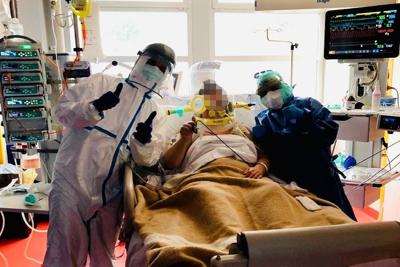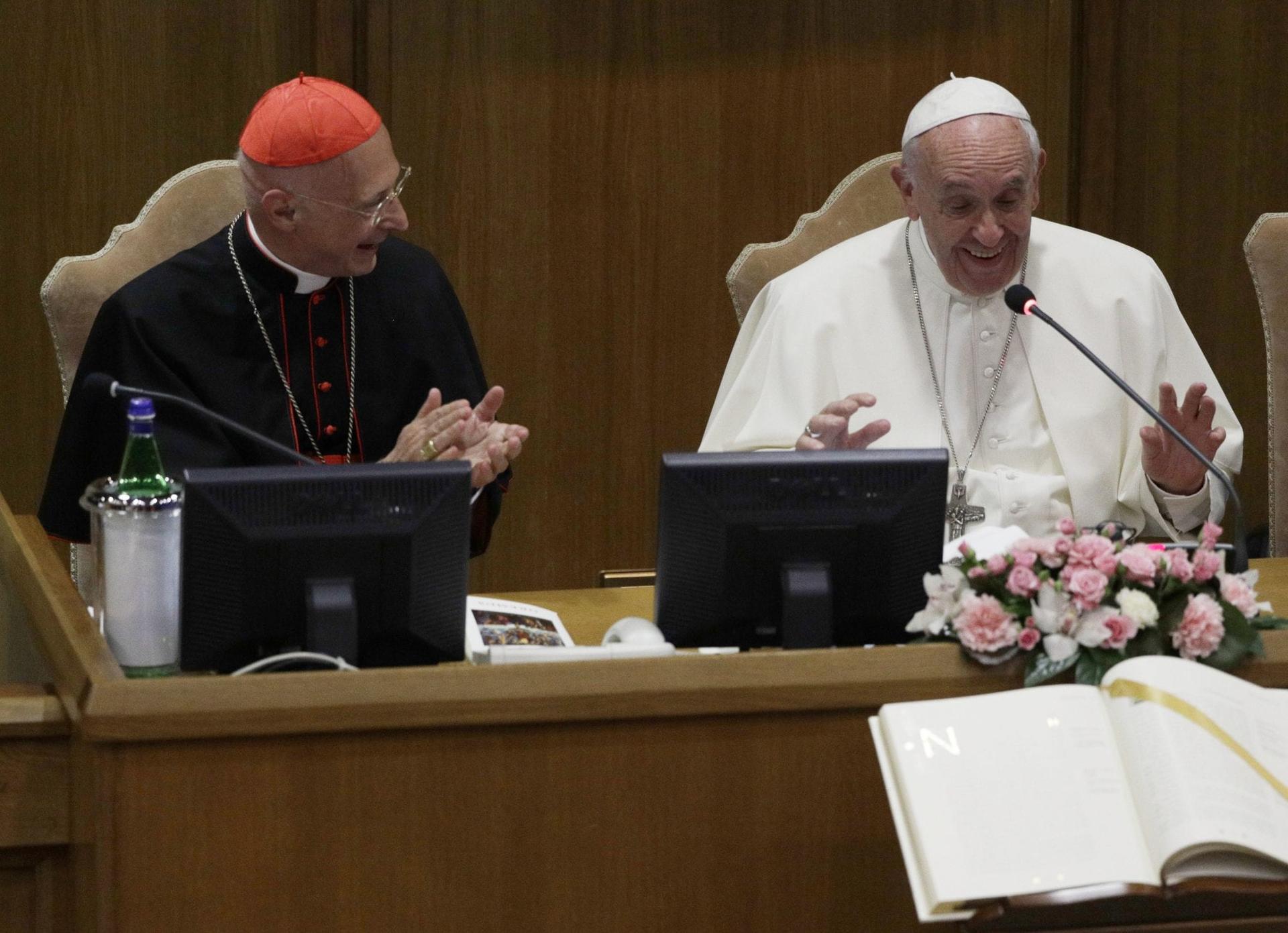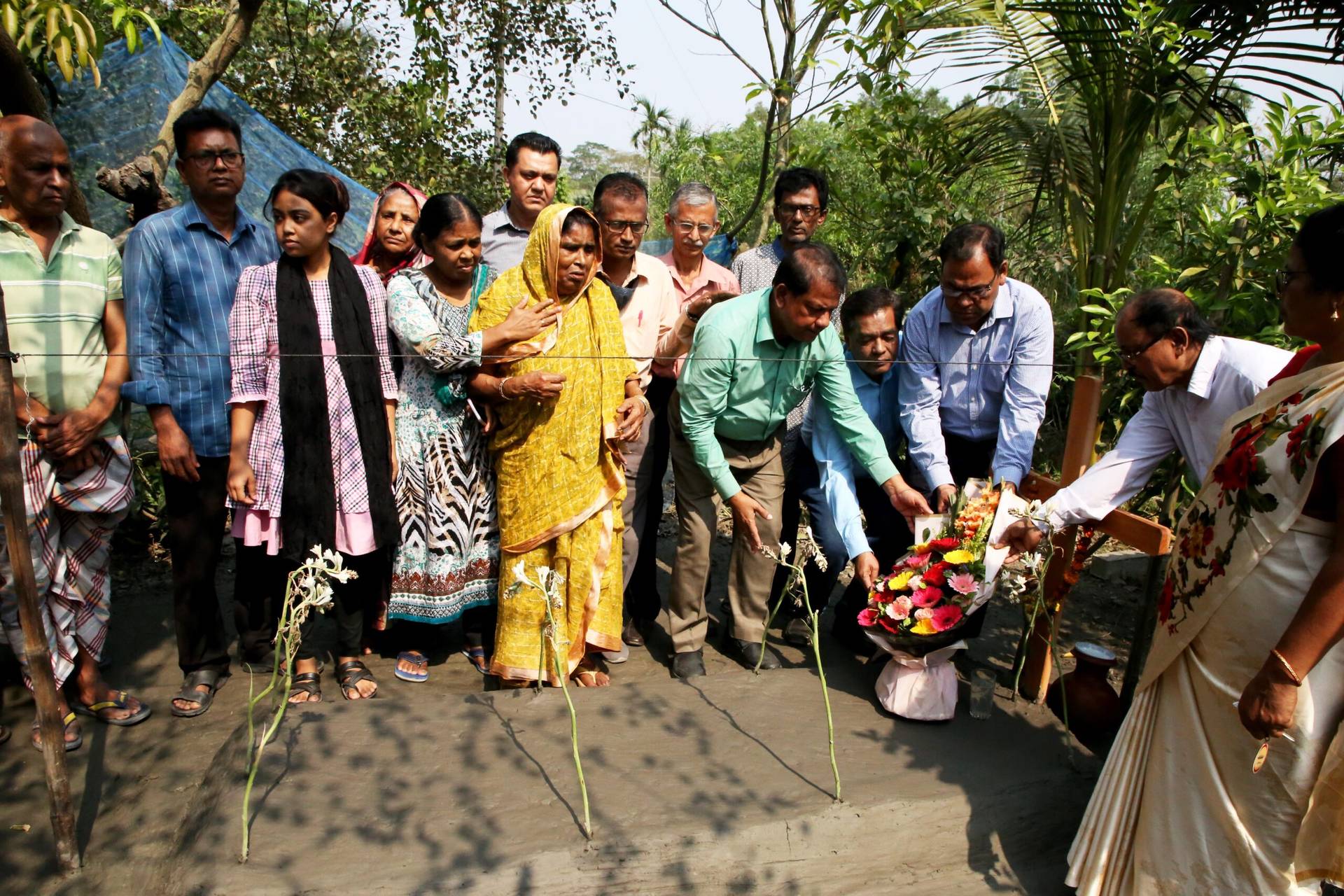ROME – Among the many unknowns about the coronavirus pandemic, from a Catholic point of view among the biggest is this: When the day finally comes that the Church can return to normal liturgical and pastoral life, what then?
Will scores of Catholics across the world presently unable to attend Sunday Mass get in the habit of not showing up, and never come back? Will at least some of those Catholics, as a papal secretary recently warned in a strong social media message to priest friends in Rome, actually abandon the Church because they feel the Church abandoned them?
Or, will the forced withdrawal deepen Catholic hunger for community and the sacraments, and will the spirit of sacrifice and common cause inspired by the pandemic permanently deepen the bonds Catholics feel to the Church and to one another?
It’s impossible to answer with any certainty, and in all likelihood, it’ll be some mix of all of the above.
Yet if you’re going to listen to anyone about how things might play out, perhaps a cardinal at the global epicenter of the crisis who enjoys a reputation as one of the brightest lights in the European episcopacy – most informed European Catholic observers I know definitely would want him on their Quiz Bowl team – might be a good place to start.
“I’m certain that after the emergency is over, Christians will come back to church for the Mass with a greater appreciation,” said Cardinal Angelo Bagnasco of Genoa in an interview Tuesday with local Italian newspaper Il Secolo XIX.
“I also think the way we live together, both as faithful and as citizens, will be different,” Bagnasco said.
Bagnasco, in other words, represents the case for optimism.
Born in 1943, Bagnasco served from 2003 to 2006 as the archbishop of Italy’s military ordinate (which also carries the rank of an army general), acquiring a reputation for deftly handling the controversy generated by Italy’s participation in the Second Gulf War and also the war in Afghanistan. He was named to Genoa by Pope Benedict XVI in 2006, and in 2007 he was appointed president of the powerful Italian bishops’ conference CEI.
A Thomist by training and inclination, Bagnasco is conventionally seen as a political and theological conservative, in part because of his close ties to his predecessor in Genoa, the late Cardinal Giuseppe Siri. Yet he’s hardly intransigent – as president of CEI, he led the Italian bishops away from a de facto alliance with the flamboyant conservative Prime Minister Silvio Berlusconi and towards the political center.
When he turned 75 two years ago Pope Francis refused his resignation, and today he finds himself ministering in the very heart of a global catastrophe.
Northern Italy’s Lombardy region, centered on Milan, has been the single hardest hit area by the coronavirus, with 4,178 fatalities as of Tuesday evening, representing two-thirds of Italy’s total death count of 6,820.
The northern Liguria region centered on Genoa, however, has hardly been unscathed, with 2,116 cases and 231 dead. Genoa’s hospital of San Martino has become a national symbol of the pandemic after medical staff posted a dramatic image of personnel wearing hazmat gear in a room with a coronavirus patient, with the caption: “Want to find yourself like this? No! Therefore, stay home, otherwise the only path you’ll take is towards intensive care.”

The hospital has been so inundated that the Genoese recently took it upon themselves to crowdfund almost $750,000 to support construction of a new wing exclusively for coronavirus patients, with a capacity of 70 beds. Overall, the city is so concerned it could become the new Milan that it’s begun using drones to fly over closed parks and other public places to detect anyone who might be violating the lockdown.
Last Sunday, Bagnasco, now 77, livestreamed Mass from an empty chapel at San Martino Hospital in a gesture of solidarity with the medical staff and patients, as well as the entire city and country.
He explained his desire to do so with a touching bit of classic Italian imagery, focused on his mom.
“When I was a little boy, I would come home from the alleyways of the center of town where I’d played in the rubble [of the post-World War II period] until it was time for dinner,” Bagnasco recalled.
“When I’d yell up from the street, mom would open the door and call my name, afraid for me because the stairway was dark,” he said. “I’d follow the sound of her voice and make my way to the fourth floor, where she’d come out, take my hand, and give me a hug.”
“That’s what it’s like for us on the stairway of life,” Bagnasco said. “God is that reassuring voice with the outstretched hand.”
He said he wanted to represent that outstretched hand for the doctors, nurses and other healthcare workers at the hospital, since they need not only professional expertise but also gestures of support and encouragement.
“It makes a difference,” Bagnasco said. “Genius without a heart is less effective.”
Amid a mounting intra-Catholic debate about how much withdrawal is too much, and how physically present the Church and its pastors ought to be amid the pandemic, Bagnasco defended decisions by Italian bishops to suspend public Masses but leave parish churches open for private visits.
“The temporary suspension of liturgical celebrations, beginning with the Mass, clearly is a sacrifice for believers, but as citizens we can’t ignore the common good such as health and life,” he said.
Yet Bagnasco insisted that even non-believers find it “encouraging” and “a sign of hope” that churches nevertheless remain open.
In a reminder of the toll the pandemic is taking, Bagnasco said he’s heard from many people that the inability to have a church funeral for their dead is especially hurtful.
“It’s pain added to pain, and we can only pray the Lord receives this additional suffering as an extra offering for the soul of the departed,” he said.
Yet the lack of a funeral Mass, Bagnasco insisted, doesn’t mean the Church is absent.
“There’s still the possibility of bringing the coffin in front of the church with close relatives for prayer and a blessing,” he said. “I myself have blessed the coffins of two of my priests in the last few weeks.”
Overall, Bagnasco appeared cautiously optimistic about the aftermath.
Saying that he’s in regular phone contact with his priests, Bagnasco said they provide encouraging reports about how people are coping.
“They tell me that personal and family prayer is growing, as well as the tendency to think about what’s happening and to draw lessons for the future,” he said.
Bagnasco also urged that the lessons of the pandemic not be lost.
“I hope we don’t give in to a frenzy to recover ‘lost time,’ going back to living in exactly the same way we did before,” he said.
“The time not to lose is the moment we’re living right now, ready to make sacrifices, staying close to each other even if we have to remain physically apart,” Bagnasco said. “To forget all that would be an act of disrespect for those who’ve suffered and lost their lives, and all those who’ve put their own lives on the line to help.”
Whether things will unfold as Bagnasco augurs remains to be seen, but it’s hard not to find some consolation in the possibility.
Follow John Allen on Twitter: @JohnLAllenJr
Crux is dedicated to smart, wired and independent reporting on the Vatican and worldwide Catholic Church. That kind of reporting doesn’t come cheap, and we need your support. You can help Crux by giving a small amount monthly, or with a onetime gift. Please remember, Crux is a for-profit organization, so contributions are not tax-deductible.
















